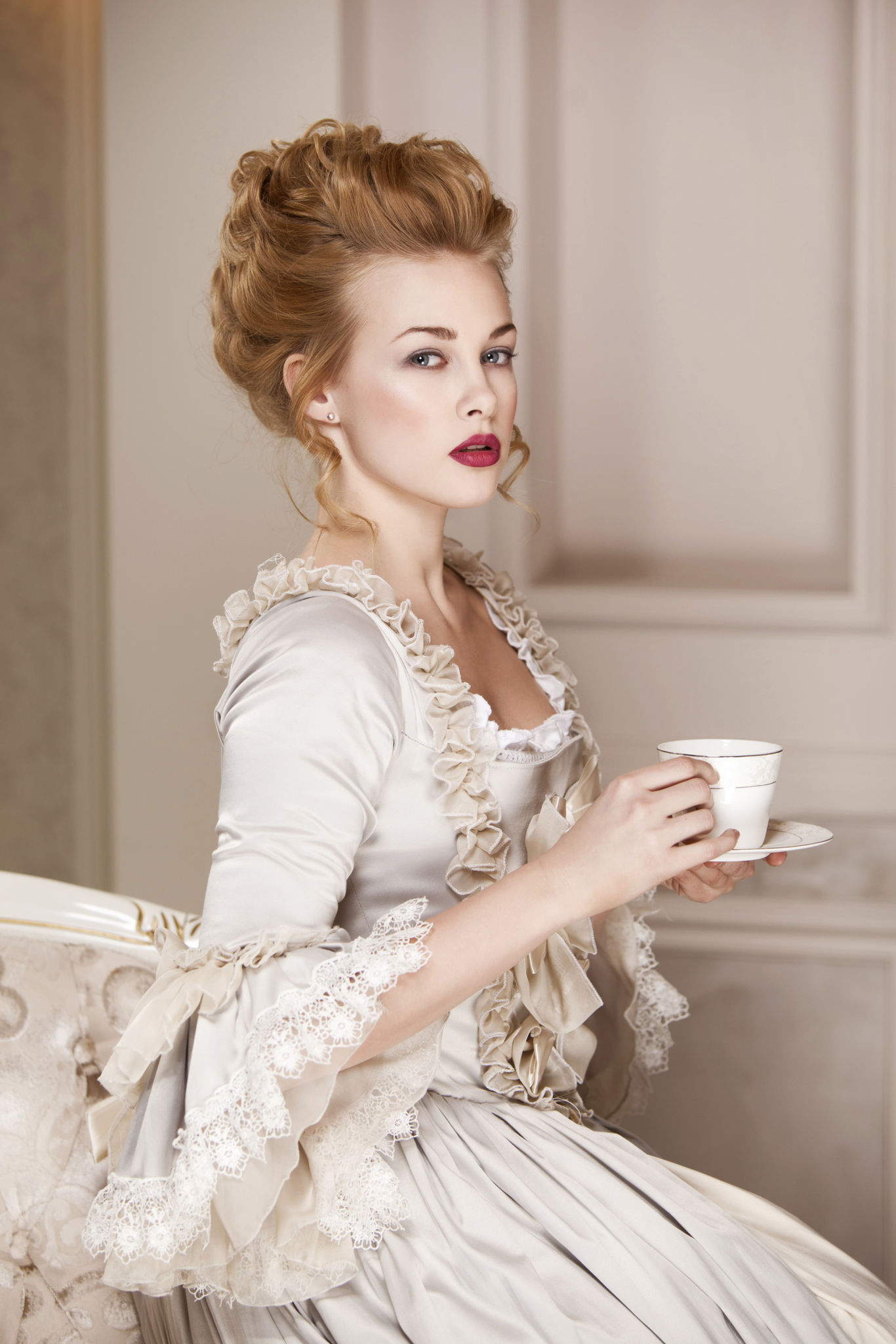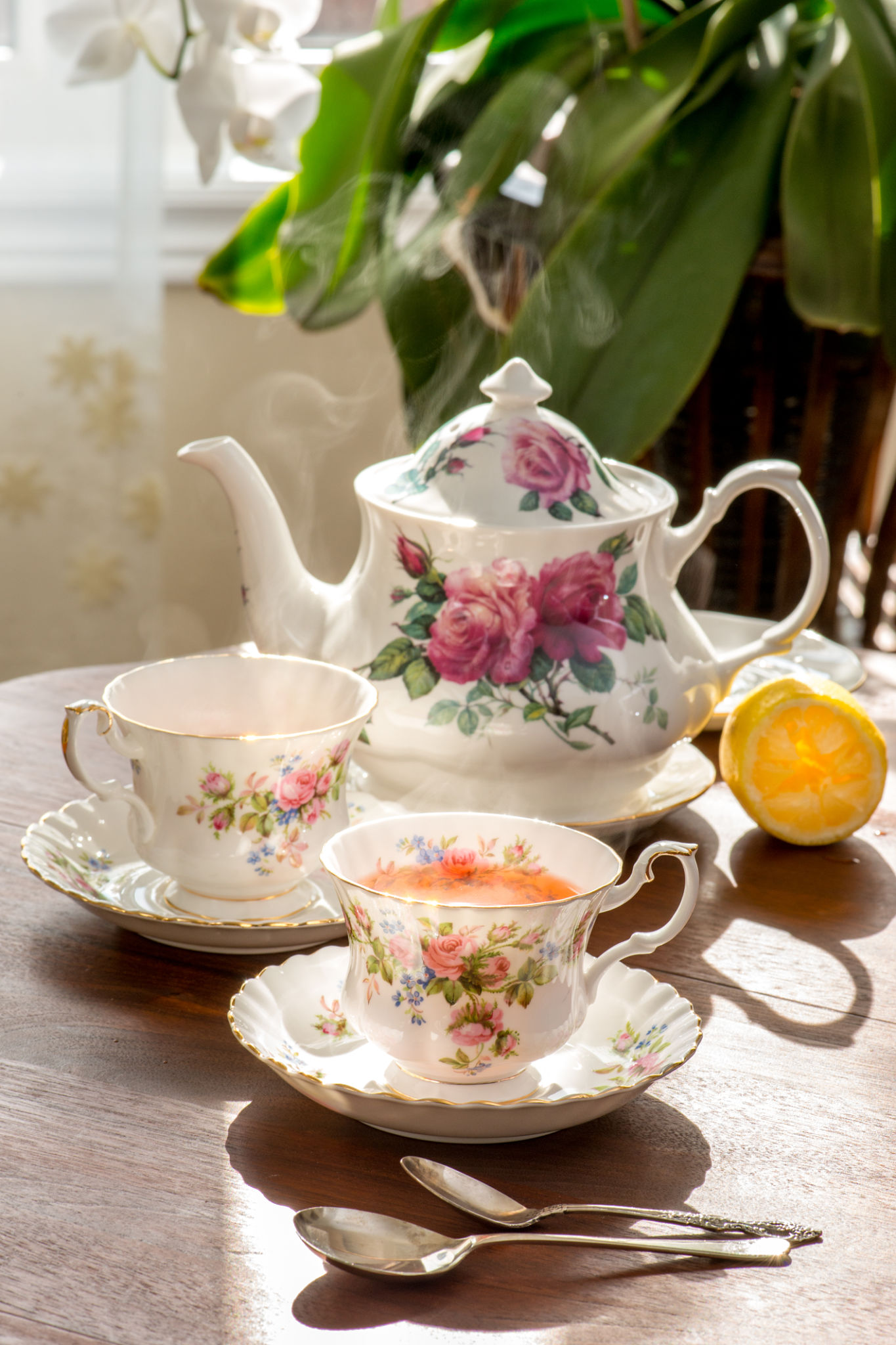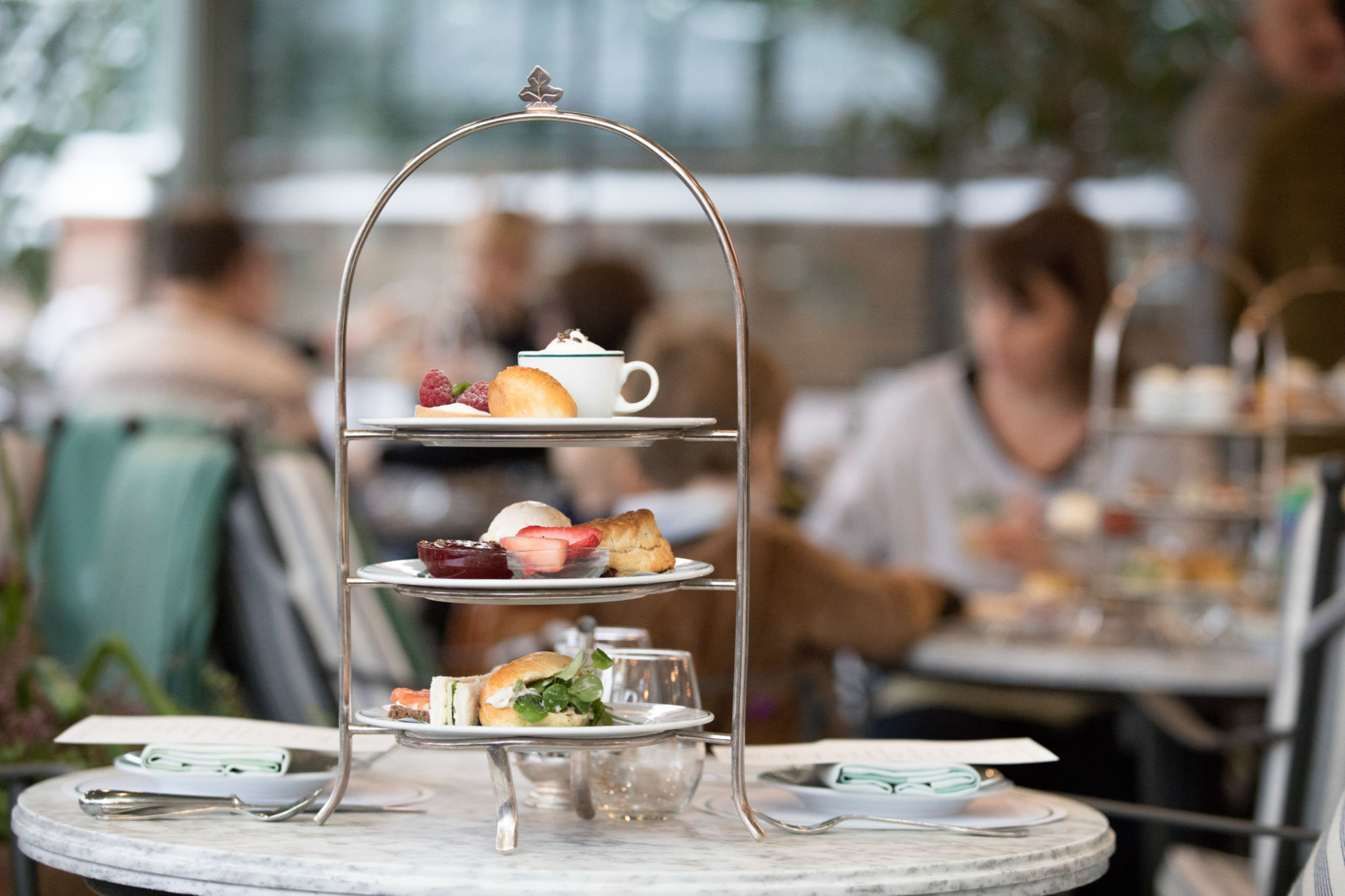Exploring the History and Traditions of Afternoon Tea
LK
Origins of Afternoon Tea
The tradition of afternoon tea is a quintessentially British custom with a rich history. It began in the early 19th century and is credited to Anna, the Duchess of Bedford, who started the practice to stave off hunger between lunch and dinner. At the time, dinner was often served as late as 8 or 9 PM, leaving a long gap between meals.
The Duchess found herself feeling hungry in the late afternoon and began requesting tea, bread, butter, and cakes be served in her quarters. This practice quickly caught on among her social circle and soon became a fashionable social event. Over time, afternoon tea evolved into a widespread tradition across Britain.

Traditional Afternoon Tea Components
An authentic afternoon tea experience typically includes several key components. The tea itself is usually a black variety such as Earl Grey or Assam, served with milk and sugar on the side. Alongside the tea, a selection of delicate sandwiches, such as cucumber or smoked salmon, is offered.
The highlight for many is the array of sweet treats. Scones served with clotted cream and jam are a staple, often accompanied by an assortment of pastries and cakes. This delightful combination creates a balance of flavors and textures that is both satisfying and indulgent.

The Influence of Queen Victoria
Afternoon tea gained further popularity during the reign of Queen Victoria, who embraced the custom and often hosted elaborate tea parties. These gatherings became grand affairs with fine china, elegant table settings, and a wide selection of delicacies. The royal endorsement helped solidify afternoon tea as a cherished British tradition.
During this period, afternoon tea also became an opportunity for social gatherings among the upper class. It was a chance to showcase one's social standing and entertain guests with style and sophistication. The practice soon spread to other parts of the world as British influence expanded.

Modern Interpretations
Today, afternoon tea remains a beloved tradition, though it has evolved in various ways. Many hotels and cafes offer themed or modernized versions of afternoon tea, incorporating international flavors or unique presentations. This evolution allows the tradition to remain relevant in contemporary society while honoring its historical roots.
In addition to traditional offerings, some establishments include champagne or cocktails as part of their afternoon tea experience. This adds a festive twist to the occasion and attracts a broader audience seeking both tradition and innovation.

Celebrating Afternoon Tea Around the World
While afternoon tea originated in Britain, it has been embraced globally, with each culture adding its own touch. In Japan, for example, matcha tea might be offered alongside Western-style pastries, creating a fusion of flavors. Similarly, in India, chai may replace traditional black tea, reflecting local tastes and customs.
The adaptability of afternoon tea allows people worldwide to enjoy this delightful tradition in ways that resonate with their own cultures. Whether experienced in its classic form or through modern reinterpretations, afternoon tea continues to charm people with its elegance and simplicity.
